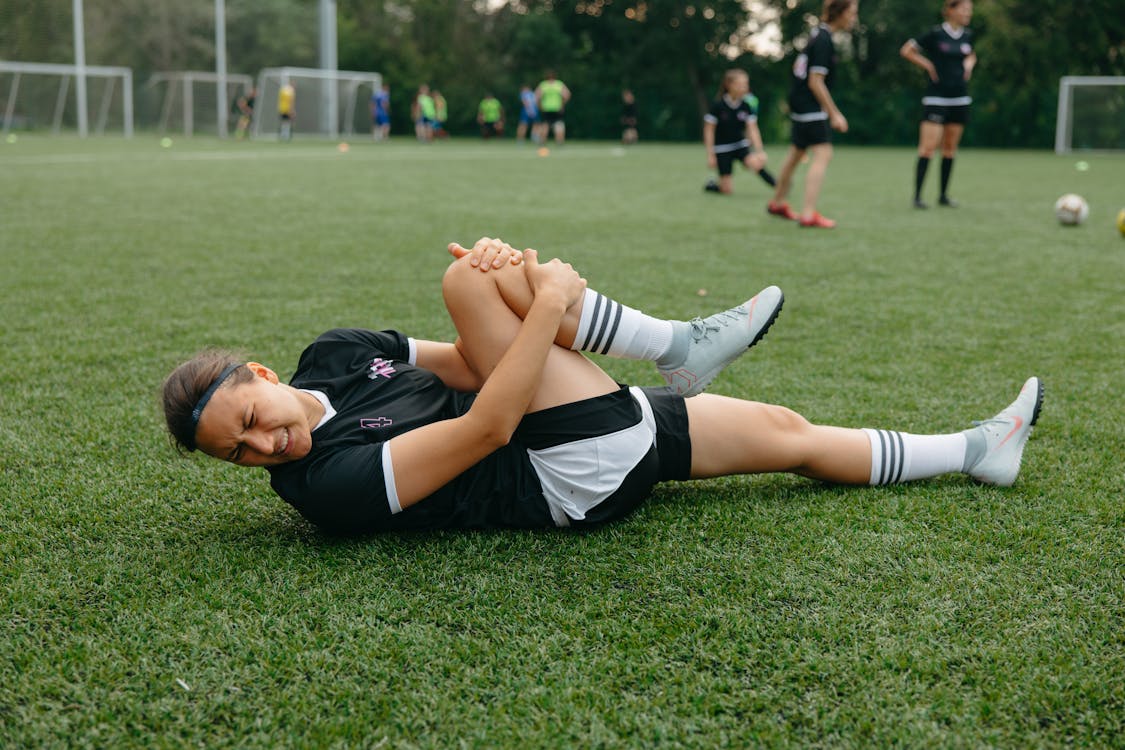Whether you’re a professional athlete or a sports enthusiast, injuries can have serious ramifications on our everyday lives. Without the right care and treatment, you could be at a higher risk of injury and face a difficult recovery process.
At A Pinch of Prevention, our dedicated team has an in-depth understanding of how the body works. We use this knowledge to help improve strength, flexibility and function as well as speed up recovery. In this article, we’ll outline the different strategies you can use to prevent and manage your injuries.
For personalised advice, contact our team at A Pinch of Prevention today.
Prevention Before Treatment
Sporting injuries can be painful and difficult to manage, especially if you want to get back out there as soon as possible. This is why prevention is so important. By ensuring your body has the flexibility and strength it needs, you can avoid injuries altogether. Likewise, preparing your body can help it recover faster if injury is unavoidable.
Here we’ll outline several methods you should use to manage your physical health and prevent injuries.
Preparation
A simple method of preventing sports injuries is to ensure you have the right equipment. Fitted shoes should be a priority, this not only keeps you comfortable but can prevent painful rubbing, chafing and squeezing. Fitted shoes also decrease your chances of tripping and causing more significant harm.
Likewise, safety equipment should be carefully considered and used if necessary. Mouth guards, knee and elbow pads and even helmets can help to prevent injuries or ensure they are less severe.
Stretching
Stretching is a good practice to have in place as both a warm-up and a warm-down. Gentle, sustained stretches can help to increase blood flow and prepare the muscles for exercise. Dynamic stretching is another great way to achieve this as well. This involves moving parts of your body through a full range of motion, for example, leg swings. Stretching will prepare your body well to meet the physical demands of your exercise and help to prevent injury. A dynamic warm up should be used by experienced athletes or prescribed by a physiotherapist or sports coach.
Avoid Excessive Exercise
Exercising regularly is a great way to ensure your physical health. However, excessive exercise can put significant strain on your body, exhausting it and increasing your chances of injury. Adequate rest between exercises is crucial for allowing muscle recovery, allowing you to perform better. If you’ve noticed your body is in relatively consistent pain, that increases during exercise, you may need to rest and allow your body to recover properly.
Pushing through the pain and continuing to exercise can put you at risk of developing sprains, muscle tears and other serious conditions.
Recovering From Injury
Your recovery process will likely look different depending on the type of injury you have and its severity. For instance, a minor sprain may be treatable from home. However, a torn ligament will likely need professional support and intervention.
Here we’ll outline some useful sports injury treatments you can use at home:
Rest
Relative rest is especially important when recovering from an injury, as it allows the injured area to heal without causing further damage while keeping the rest of the body active. Instead of complete immobilization, which can lead to muscle atrophy, stiffness, and loss of cardiovascular fitness, relative rest involves modifying activities to avoid stress on the injured part. For example, an athlete with a sprained ankle might avoid running but continue upper-body workouts or cycling with minimal ankle involvement. This approach helps maintain overall fitness, supports circulation for healing, and reduces the risk of compensatory injuries, ultimately promoting a more balanced and effective recovery process.
Compression
If you have a sprain, compression bandages can support the injured limb, while reducing swelling and pain. These should be applied, at least for the first time, by a professional. This ensures that your bandaging does not negatively impact your injury. As well as compression, you should elevate your injured limb to decrease swelling and reduce pain. Adequate elevation is achieved by positioning the injured area above the level of the heart.
Apply Ice
Icing the injured area can also help to reduce pain and swelling. If you have ice or an ice pack, you should wrap it in a cloth so it is not in direct contact with your skin. Likewise, ice should only be held there for 10 to 20 minutes as too much cold can damage your skin and impede your recovery. Ensure your skin returns to normal temperature before reapplying the ice.
Professional Help
If you are experiencing significant pain, or pain that has persisted for more than a few days you may need professional help. A physiotherapist can assess your body and identify the cause of your concerns. With this assessment, they can then personalise a treatment plan to suit your body and its needs.
This treatment can range from tailored exercise regimes to massage therapy. With the right support, you can speed up your recovery as well as strengthen your body against future injury.
Read related article: When Should You See A Physiotherapist?
Prioritise Your Health Today
The right physiotherapist can help support your body, speeding up its recovery and reducing your chances of further or re-injury. A Pinch of Prevention has a dedicated team that is passionate about finding the right care and treatment for every patient. No matter your concern, we’ll be here for you.
Reach out to our team today and learn how you can improve your performance, treat your concerns and prevent future injuries with our support.



Recent Comments